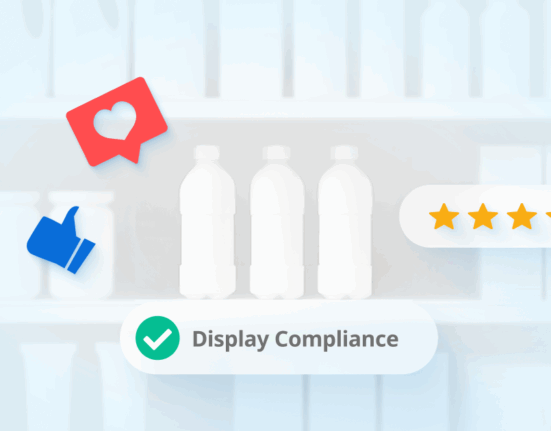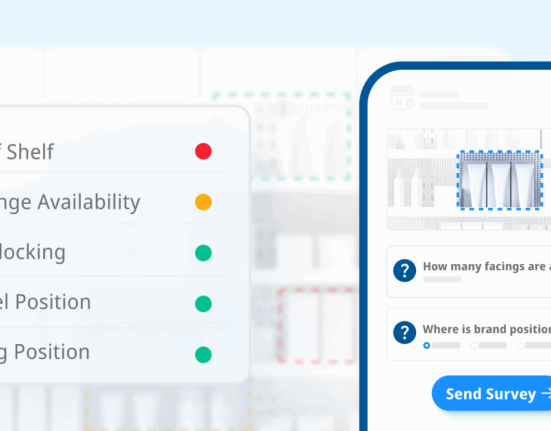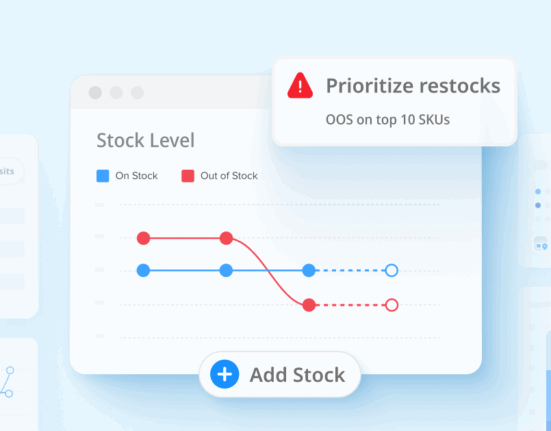We’re often asked to describe, step by step, how CPG customers utilize Wiser’s platform to overcome sales challenges both at the corporate level and within the store environment.
This quick exploration will break down the process from identifying product availability issues to implementing solutions in stores by leveraging a workflow that combines field and crowd data capture, closed-loop feedback to identify patterns, and targeted troubleshooting initiatives to address the highest value opportunities during store visits.
Observation of Issue
The journey begins when a sales leader, while reviewing monthly account performance reports, notices a trend in increasing out-of-stocks noted by the field sales team upon their arrival to a store. This early detection is crucial, as it may indicate a larger execution problem brewing that could affect the brand’s bottom line.
Initial Verification
Upon warning of the potential issue, the Retail Sales Director employs a broader crowdsourced survey across suspect locations to validate the rising number of out-of-stock instances. This step is vital for quickly identifying the scope of the problem across various channels and geographies, while consciously not depleting valuable internal sales resources.
Analysis and Prioritization
With more comprehensive data confirming suspicions, analyzing and prioritizing the issues becomes possible paired with point-of-sale (POS) data analysis to more closely target product voids. More granular reporting helps in understanding which items, accounts, and regions are affected most, allowing the brand to focus efforts where team members have the most significant impact opportunity.
Strategic Initiative Creation
Based on the analysis, a strategic initiative is devised and remediation tasks are prepared, targeting specific stores and representatives to address the problematic instances. A pointed approach ensures resources are allocated efficiently, making the best use of the field reps’ time and effort.
Field Action
Field reps are then mobilized, informed of the new initiative, and make it their top priority to visit the identified stores. Their goals include discussing the issues with store managers, rectifying the problems, and capturing relevant information to feed back into the system.
Pattern Identification and Response at HQ
As field reps report back, the Retail Director can identify patterns in the issues faced across different stores and accounts. This step may uncover broader systemic problems, such as issues with inventory management or in-store communication errors, that require a coordinated response to prevent widespread impact.
Mitigation in the Field
Further actions may include addressing specific challenges such as out-of-date shelf tags, under-forecasted demand for new products, or unexpected stock depletion due to promotions. Troubleshooting certain problems may involve more frequent store visits or adjusting processes to ensure adequate stock levels and product presence, highlighting the importance of flexibility and adaptability in retail execution strategies.
Conclusion
Wiser Solutions’ Retail Execution product offers a structured yet flexible approach for CPG brands to identify, analyze, and solve retail execution challenges.
By integrating data analysis with strategic field actions and fostering clear communication between headquarters and retail locations, brands can effectively tackle issues like voids and out-of-stocks, ensuring products are available when and where consumers expect them.
It is imperative for brands to address issues identified at both the national and store level for maximum effectiveness and return. This process not only helps in maintaining sales figures but also enhances brand loyalty and customer satisfaction through consistent product availability.









